Palette System
$ 250-$ 550 | PaletteGear.com
 |
| The Palette system uses physical controls to manipulate software features in Lightroom Classic, Photoshop, and other applications. |
Image editing applications are full of controls that mimic physical interactions. We could adjust a photo in Lightroom using nothing but numbers, but we’re conditioned to drag virtual sliders to see how the change affects the image. What we’re actually doing is repetitively positioning the mouse pointer over specific locations to work those controls.
Palette is a set of modular hardware pieces that can be assigned individual tasks and features.
If you’re tired of hitting those tiny targets or want to potentially speed up your editing workflow, perhaps you should consider the real-life physical controls of the Palette system. Palette is a set of modular hardware pieces that can be assigned individual tasks and features. Think of a sound-mixing board, but for editing photos (although Palette can also work with some audio and video software, too).
Key Features
- Three physical controls: buttons, dials, and sliders
- USB-powered
- Controls many features of Adobe (and other) software
- Modular controls snap together with strong magnets
- Machined aluminum modules
- Rubberized base so modules don’t shift during use
- Mac and Windows compatible
Buying options
 |
| The modules can be like a mini puzzle: make sure the pins connect to pads so that power and data are distributed throughout the connected pieces. |
The Palette system is sold in three kits:
- Starter Kit ($ 249.98) includes the core, two buttons, one dial, and one slider.
- Expert Kit ($ 349.98) includes the core, two buttons, three dials, and two sliders.
- Professional Kit ($ 549.98) includes the core, four buttons, six dials, and four sliders.
The components are also available as separate add-ons: $ 29.99 for the button, or $ 49.99 each for the slider or dial.
Design
The system is based around a single Palette Core unit, which is 45mm (1.8in) square and connects to the computer via a Micro USB port. The core includes the processor and software for running the system, plus an OLED screen that indicates which mode it’s currently running. (It’s not a touchscreen, though; my smartphone-trained fingers kept tapping the display at first, expecting something to happen.)
At times I wish the controls offered some physical feedback, such as a dial that ticks as you turn it
The rest of the components connect to the core and to each other via strong magnets, with one side sporting spring-loaded pins to make data and power connections. There’s an arcade-style button, a dial that spins smoothly and can also be pressed like a button, and a slider. At times I wish the controls offered some physical feedback, such as a dial with detents that clicks as you turn it instead of just spinning smoothly; perhaps the company could offer such a module in the future.
 |
Each piece includes an illuminated “halo” that can change color, which is helpful for visually identifying which application or feature you’re working with. Rubberized bases give the components a good grip so they don’t slip around while you’re working.
In use
I’ve used the Palette system and the PaletteApp software primarily with Lightroom Classic CC; it also supports Lightroom 6 and Lightroom CC 2015, but notably does not work with the newest Lightroom CC (which doesn’t offer the same hooks for other applications that the classic versions do).
It’s not a Lightroom-only tool, however. Adobe’s apps are well represented, with support for CC versions of Photoshop, Premiere Pro, After Effects, Illustrator, InDesign, and Audition. The software knows a few other applications, too, such as Final Cut Pro X, iTunes, Spotify, VLC, WMP, and Google Chrome. If PaletteApp can access the menu systems of other software, you can also set up some custom controls, although in my testing those weren’t as snappy as the interaction with supported apps. PaletteApp requires macOS 10.9, Mavericks, and higher, or Windows 7 and higher.
The software knows a few other applications, too, such as Final Cut Pro X, iTunes, Spotify, VLC, WMP, and Google Chrome
When you first begin using the Palette system, expect a lot of experimentation as you figure out which control layouts work for you. PaletteApp includes several pre-made profiles to get started, so as you snap modules together, functions are already assigned to them. You can also import downloaded profiles created by other Palette owners. That’s helpful, although I found myself wanting examples of physical layouts as starting points. I’d like to see recommendations of how other people work: do they use dials or sliders for controls like Exposure, for instance, and how are the modules arranged? I appreciate the freedom to piece modules together the way I want, but it’s almost too open-ended until you figure out what works for you.
 |
| Built-in profiles get you started. |
The system’s modularity does have the advantage that one layout isn’t trying to accomplish everything; in Lightroom, for example, you can set up controls for reviewing and culling images, and then switch to a profile with controls for performing basic edits or even, say, landscape-specific editing tasks.
 |
 |
| I’ve set up this profile and layout for reviewing and culling images after importing them in Lightroom Classic CC. | Here’s the same layout with a profile designed to apply basic and frequently-used Lightroom Develop controls. |
Of course, you can manually assign features to each module and in some cases, fine tune their performance. Depending on the control, dials and sliders may include a Sensitivity or Range value (or both) to set upper and lower limits to how much a control is applied. For example, pushing a white balance tint slider all the way to the right can max out at +50 instead of +100, since you’d probably never crank the setting that high toward purple.
 |
Manually set a module’s task, and adjust aspects like sensitivity depending on which type of control it is. |
One of the best features of the Palette system is how responsive it is—not just in tracking a control’s physical movement with its onscreen setting, but switching between tools and modules. Activating a module switches to that editing control, regardless of where you were in Lightroom. For example, to straighten a photo, you could turn a dial assigned to Crop Angle. That switches to the Develop module if it’s not already active, selects the Crop Overlay tool, and starts rotating the image as you turn the dial.
At times the responsiveness can be jarring, though. A physical slider’s position dictates the software slider; imagine that the module for Exposure is set a quarter distance from the left following an edit in another application, but the Exposure slider in Lightroom is at the zero midpoint. As soon as you nudge the module’s slider, the Exposure value jumps down to –2.5 to match.
When you first begin using the Palette system, expect a lot of experimentation as you figure out which control layouts work for you.
There’s a preference called Optimize for Performance which, when turned off, shows the live status of the controls in the PaletteApp window. That can be helpful when the app is visible and you don’t want to take your eyes away from the screen, and it has the added benefit of including notches on the virtual dials that don’t exist on the physical ones. However, those notches are ultimately arbitrary: if you reset a control (by pressing the dial button), the notch doesn’t snap back to the center, so the next time you turn the dial, it starts from the last position.
One clever feature of the Palette system is the ability to rotate your setup in 90-degree increments. By repositioning the connected block of physical modules for other tasks, you can train your muscle memory to work in two different applications, for instance, and not take apart the layout you’ve set up and put it together into a new one each time.
The bottom line
 |
If you spend a lot of time editing in Lightroom and Photoshop, and you have the desk space to dedicate to it, Palette is a good investment. That’s particularly true if your work involves processing hundreds of images and manipulating several key controls, such as editing batches of wedding photos.
That really gets to the whole point of using a system like this: to be able to let your hands take over while your attention is focused on the image you’re editing, not having to dart around the screen selecting every control using a mouse or touchpad.
What we like:
- Build quality is exceptional
- Color accents help differentiate tasks
- Modularity lets you set up the controls how you like
- Compatible with many applications
- Granular sensitivity for the controls
- Ability to rotate layout in 90-degree increments
What we don’t:
- Open-endedness of layout options can be daunting until you find a layout you like
- Expensive, especially to buy extra individual components
- No physical feedback, such as clicks as you turn dials, which would sometimes be helpful
![]()
Articles: Digital Photography Review (dpreview.com)




















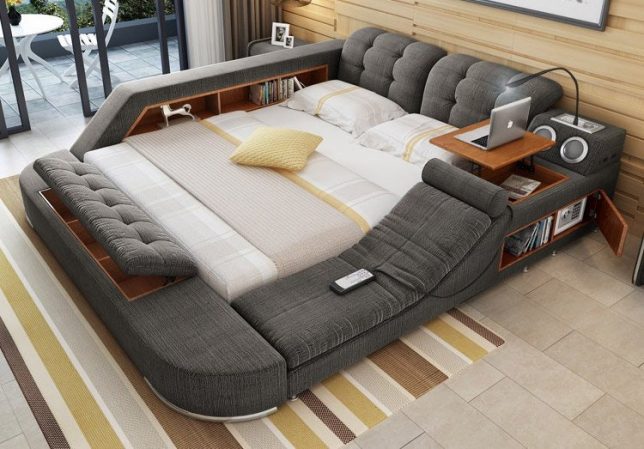
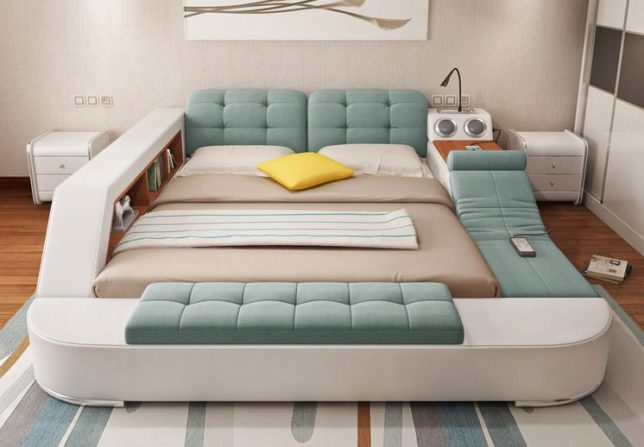
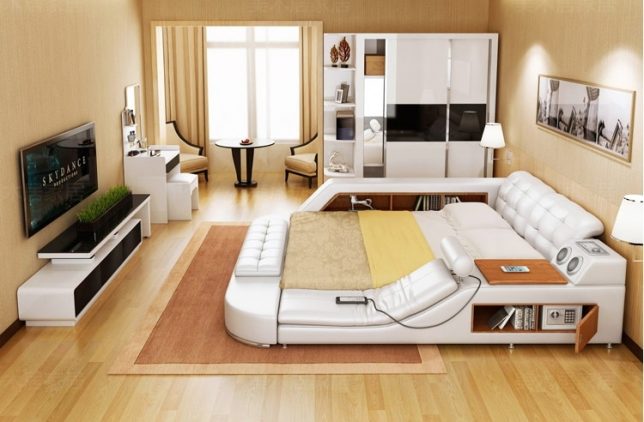
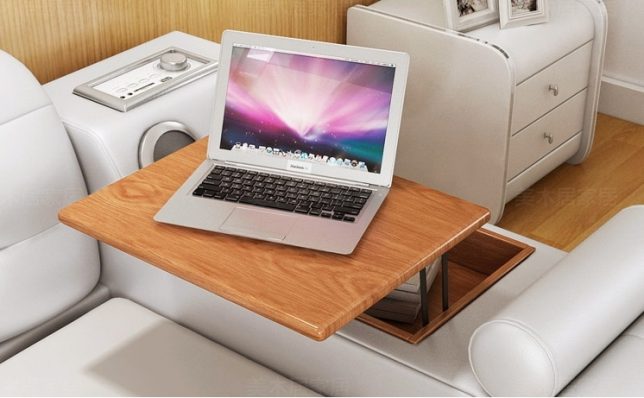
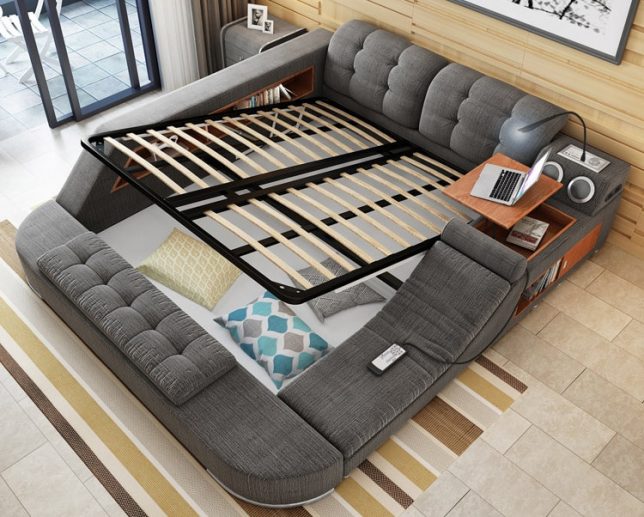







You must be logged in to post a comment.